Outlook is the most robust and reliable email communication manager. However, just like any other program, Outlook is also vulnerable to corruption and errors. One such common error received is, “Unable to display the folder.” This error mostly occurs due to PST file corruption issues or some hardware issues with the system.
Below are a few tips that you can keep in mind while working with PST files.
- Do not overload PST files
The latest Outlook versions allow PST file size limit up to 50 GB. But if the files become large, Outlook can encounter some errors. - Do not store PST files on Server or Network Drive
Avoid storing PST files on your Server or any network environment. PST files are to be stored in the local drive to avoid any corruption or damage. - Avoid sudden system shutdowns
While working on Outlook, avoid any sudden system shutdowns. Make sure to exit Outlook before shutting down the system. Unexpected system shutdowns can damage the PST file to a larger extent.
This blog will discuss a few methods to solve the issue, “Unable to display the folder.”
Method 1 Run Inbox Repair Tool
Outlook offers a basic scan utility, namely, Inbox Repair Tool or Scanpst.exe. This method can help to solve some basic issues. Scanpst.exe thoroughly examines messages and folders stored in the PST table.
- Locate Task Manager from the search box.
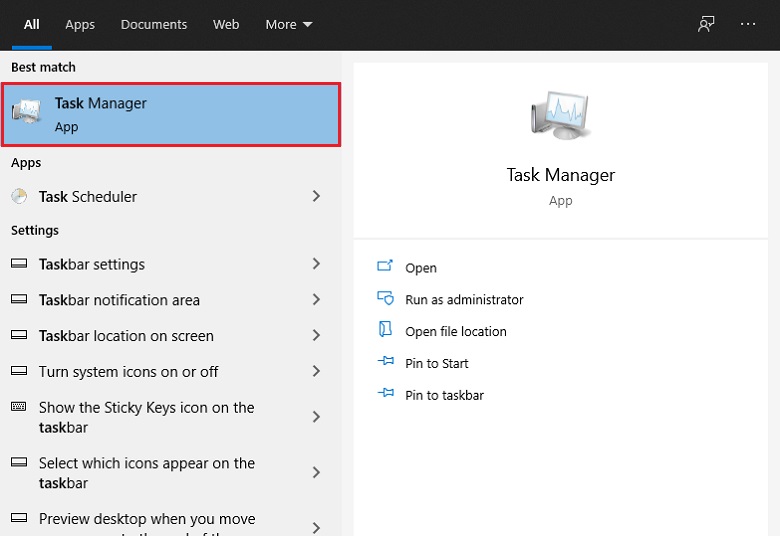
- Under the Processes tab, find Outlook.
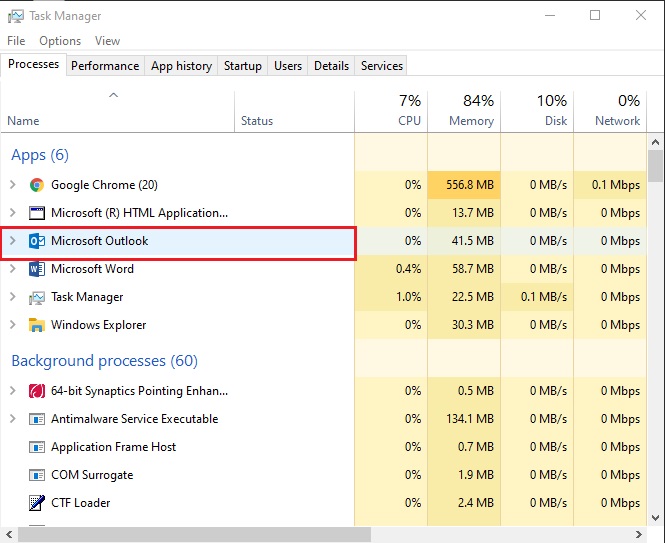
- Right-click on the Outlook option and select Open File Location.
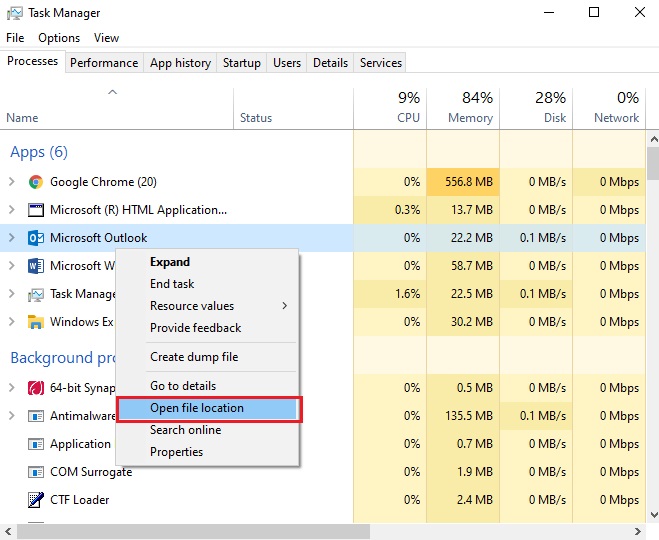
- Windows Explorer will open the folder where Outlook is installed. Locate Scanpst.exe.
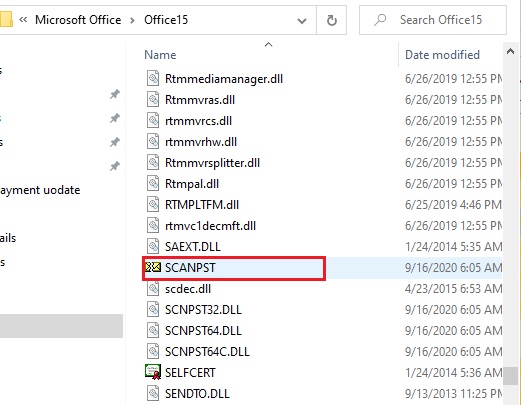
Note: You can also find the Scanpst.exe folder under the Microsoft Office folder under Program Files in C: / drive. - Click on the Browse button and locate the corrupt PST file.
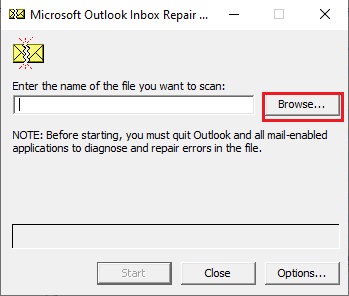
- Select Start. The application will begin with the examination process.
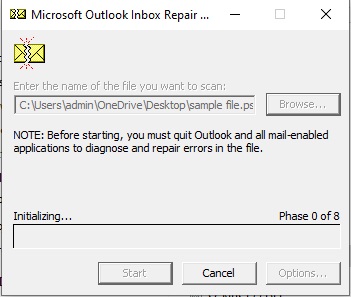
- Once the examination is done, the tool will report the errors. Select the Repair option to fix the errors.
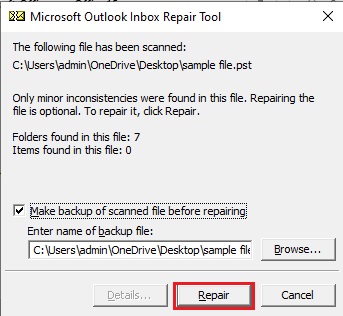
- Make sure to check the box, “Make backup of the scanned file before repairing.”
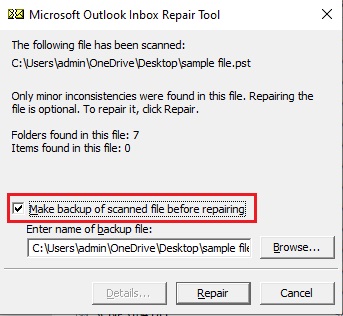
- You will receive the update once the repair is done. Click OK.
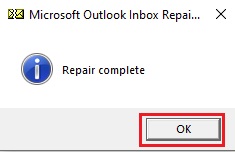
Method 2 Modify Registry Values
- Exit Outlook.
- Open the Run dialogue box and type regedit. Select OK.
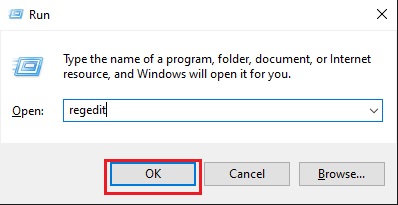
- Start with the following registry key: HKEY_LOCAL_MACHINE\SOFTWARE\Microsoft\Windows Messaging Subsystem
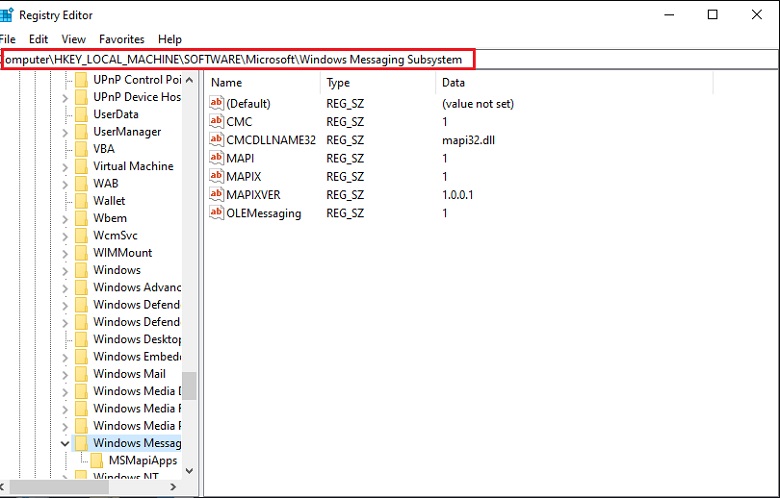
- Under the Edit option, select New and then select DWORD Value.
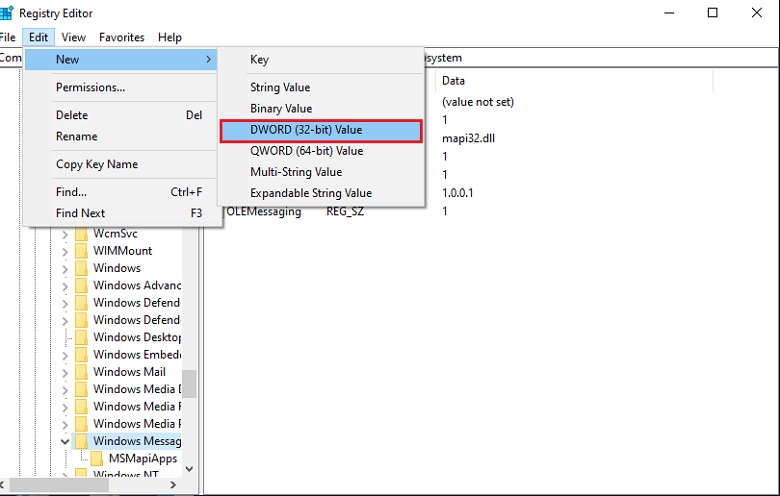
- Type SharedMemMaxSize. Press Enter.
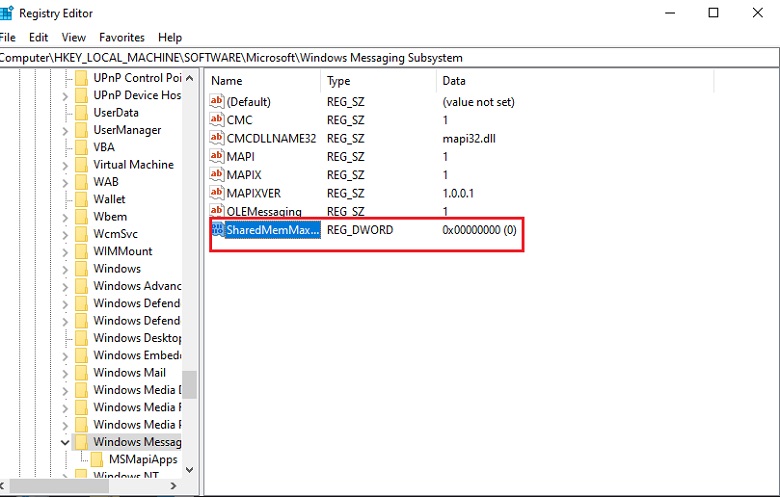
- Right-click on SharedMemMaxSize and select Modify.
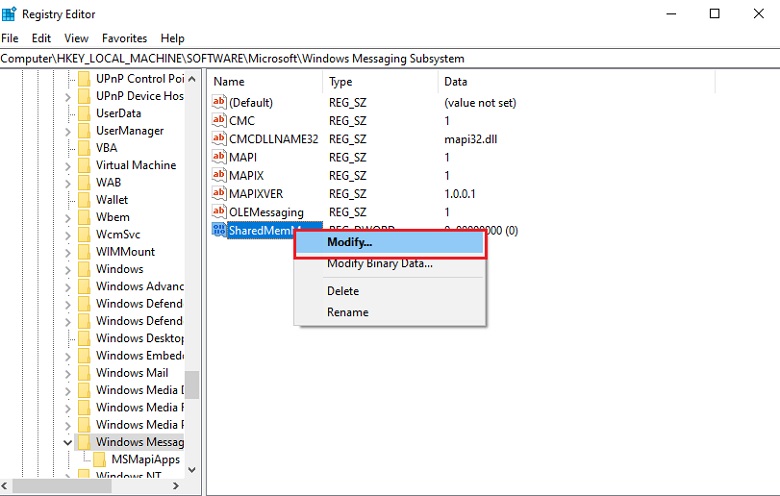
- Type 300000 in the Value data box. Use the default base of Hexadecimal.
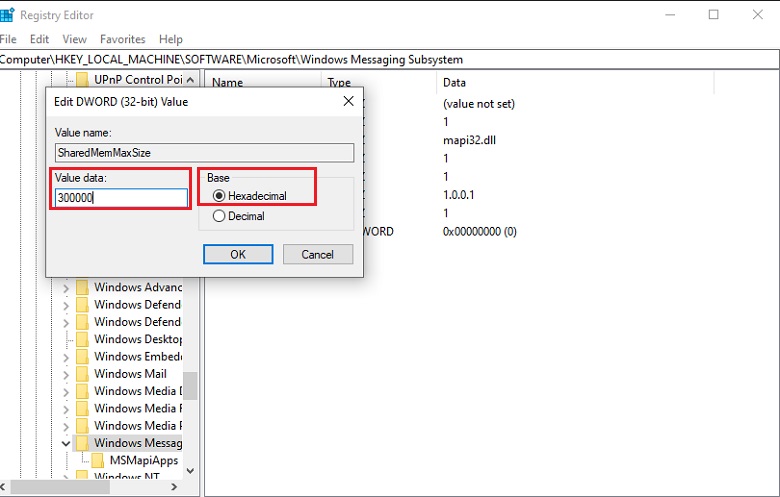
- Select OK.
- Select Exit to exit the Registry Editor from the File menu.
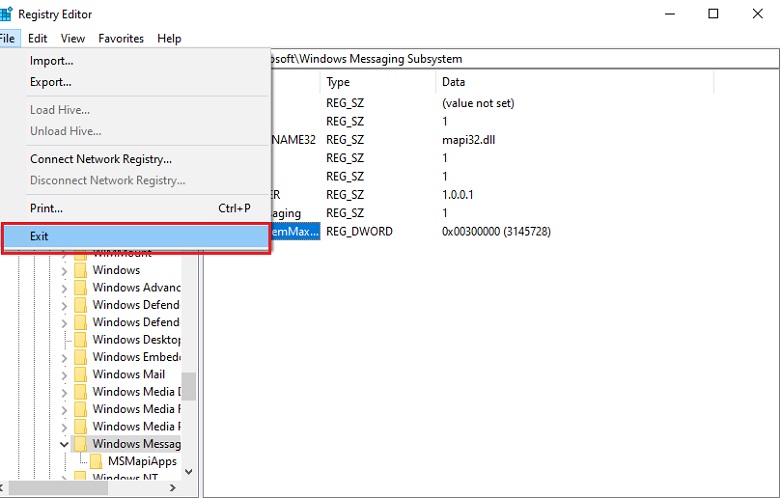
The above two manual methods will help in solving only basic issues. They do not guarantee whether the issue will be perfectly resolved or not. When both methods are unable to recover the corrupt files, the data gets lost or deleted.
To avoid such a situation, using a third-party tool is the best and the most convenient option. One such tool is Outlook PST Recovery. It is an excellent tool that recovers corrupt, broken, or inaccessible Outlook data. Without any size limitation, the tool recovers all the mailboxes and corrupt PST files in their original form. It makes your Outlook email accessible in just a few minutes. The tool also allows you to break large size PST files into smaller sections for convenience.
Summary
There can be several reasons for the issue faced by Outlook. Apart from PST file corruption, some insufficient memory issues can cause the error, “unable to display the folder.” Professional tools such as Outlook PST Recovery work hassle-free to resolve even basic Outlook errors like Outlook Not Receiving Emails, The Path Specified for the PST file is not valid, etc.

